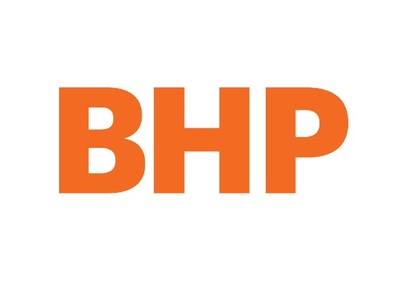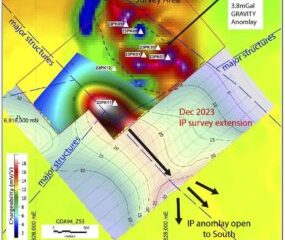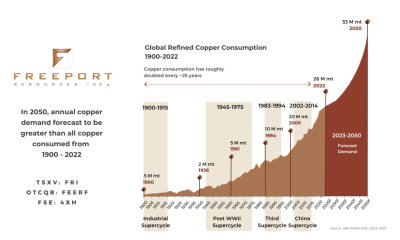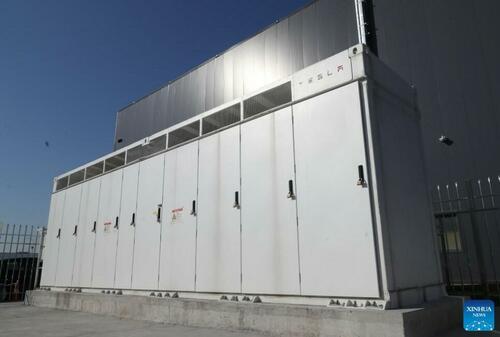Energy & Critical Metals
BHP and Microsoft collaborate on AI in copper extraction
BHP Group estimates the world needs to double the copper supply in the next 30 years to keep pace with green technologies.
The post BHP and Microsoft…

The BHP Group and Microsoft have collaborated to improve copper recovery from the Escondida mine in Chile’s Atacama Desert.
Producing more than one million tonnes of copper in 2022, Escondida is the world’s biggest copper mine and will use using artificial intelligence (AI) and machine learning to improve operations. Microsoft’s Azure platform will optimise concentrator performance and retrieve better ore grades. The mine is jointly owned by BHP, Rio Tinto and Japan’s JECO.
BHP’s chief technical officer Laura Tyler said: “As grades decline at existing copper mines and fewer new economic discoveries are made, next-generation technologies like artificial intelligence, machine learning and data analytics will need to be used to unlock more production and value from our existing mines.”
BHP will use AI to further offset operational variables that affect the ore processing and extraction. As a result of green technology development, the company estimates the world needs to double the amount of copper produced in the next 30 years, compared to the past 30.
Copper’s demand-supply so far
Earlier this month, the International Copper Study Group (ICSG) concluded the global copper market is facing a supply deficit. Chile, the world’s largest copper producer accounting for 27% of total global supply, recorded a year-on-year production decline of 7% in November 2022.
The reopening of China’s economy after the country’s restrictive zero-Covid policy has further strained the copper demand. Copper features in many electricity-related technologies in addition to energy transition technologies. As a leading manufacturer of these goods, the reopening of China’s economy has caused a surge in demand.
In May, Chilean state-owned metal supplier Codelco also reported a slump in copper production, as a drop in ore quality made it difficult to mine profitably. The company recorded its lowest output in 25 years as the copper industry battles to find newer deposits.
Finding new mines is costly and can take an uncertain period before production begins. As a result, miners are now looking to combine advanced technologies in the extraction process to make the most of existing mines.
Tyler adds: “We expect the next big wave in mining to come from the advanced use of digital technologies.”
The post BHP and Microsoft collaborate on AI in copper extraction appeared first on Mining Technology.

Uranium Exploration Company Announces Additional Staking in the Athabasca Basin
Source: Streetwise Reports 12/22/2023
Skyharbour Resources Ltd. announced an update from its Canada-based Falcon Project along with additional…
Tesla Launches New Mega Factory Project In Shanghai, Designed To Manufacture 10,000 Megapacks Per Year
Tesla Launches New Mega Factory Project In Shanghai, Designed To Manufacture 10,000 Megapacks Per Year
Tesla has launched a new mega factory…
Giving thanks and taking stock after “a remarkable year”
An end-of-year thank you to our readers, industry colleagues and advertisers before Electric Autonomy breaks from publishing until Jan. 2
The post Giving…

















